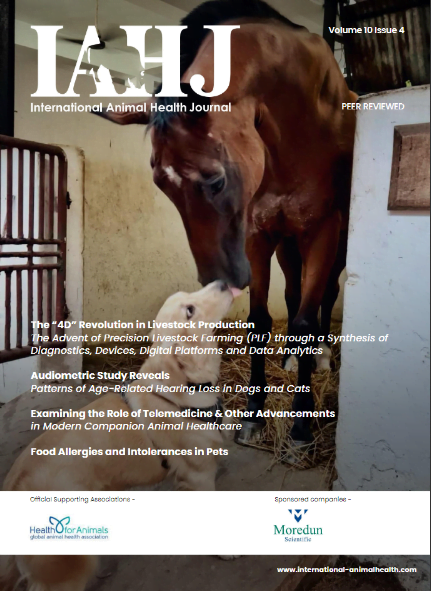Amphibians are bioindicators of an ecosystem’s health and may also serve as biological control of crop and forest pests. The First Herpetological Congress, organized in 1989, presented alarming findings about the decline in amphibian populations. Currently, amphibians include the highest percentage of threatened species (>40%), as well as the highest number of data deficient species (>1500 species). The little we currently know about the occurrence of the chytrid fungus, which has already eradicated many amphibian species globally, is a grim example of how urgent it is to acquire further information.
Researchers just published the first comprehensive study on all known amphibian species of Pakistan in the open-access journal ZooKeys. In it, theyreport 21 species from the country, providing their identification key and photographic guide. However, as many of Pakistan’s potential amphibian habitats are difficult to access and study, especially the high-altitude northern and arid western mountains, it is highly likely that a lot of species are yet to be discovered.
In particular, the authors point out that habitats facing destruction, urbanization, pollution, unsustainable utilization and other human-caused threats need to be put on high priority, so that suitable conservation strategies can be devised. This way, amphibian populations would be better controlled with less financial, administrative, and human resources.
So far, amphibians have been excluded from all current legislative and policy decisions in the country. Likewise, they are not protected under any law. Hence, the legislation pertaining to rare and endemic species needs to be updated. Schedule III, which includes protected species, provincial and federal wildlife laws, and CITES appendices are in particular need of revision.
Currently, wildlife conservation projects in Pakistan mainly focus on carnivores, ungulates and birds. Therefore, the authors of the study propose adopting an inclusive wildlife conservation approach in Pakistan. This approach would advocate the integration of poorly documented taxa, such as amphibians, in wildlife conservation and management projects. It is by highlighting the significance of their existence and the intrinsic values of all wildlife species that local ecosystems can remain healthy in the long run.
“There is also a dire need to change social attitudes towards the appreciation and significance of amphibians in our society. This could be achieved by initiating community awareness, outreach and school classrooms, and through citizen science programs,” add the researchers.











